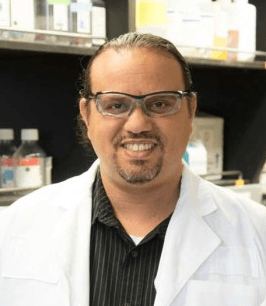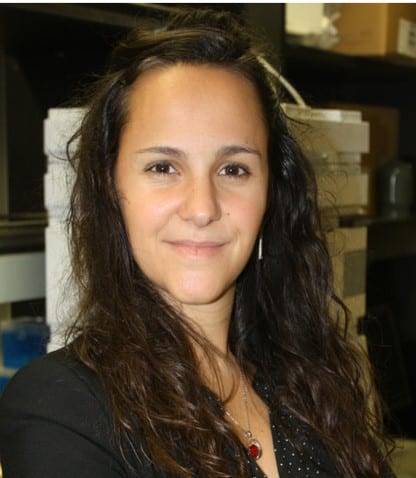 Seven ventures will compete in the Global Impact Award finals on Monday, October 29th. Up to $50,000 will be awarded to one or more ventures.
Seven ventures will compete in the Global Impact Award finals on Monday, October 29th. Up to $50,000 will be awarded to one or more ventures.
Since the announcement of the 2018 finalists in April, all finalists have been paired up with industry mentors and have been polishing their pitches and Opportunity Summaries. Each week leading up to the finals in October, we will introduce one finalist team individually. Check back each week for a new profile!
This week is all about…
Cellatrix:

Industry: Biotechnology
Total Number of Employees: 5
When They Formed: March 2016
Total Funding (as of September 2018): $20,000
What problem are you solving?
There is an urgent need to develop novel laboratory models that take into consideration the limitations of the classic tissue culture models for better drug development and personalized medicine in cancer. The NIH has identified this problem as a deficiency of laboratory models that can “More Closely Mimic Human Cancer.”
How do you solve the problem?
Cellatrix has developed a 3D tissue-engineered bone marrow (3DTEBM) culture model derived solely from cancer patient tissues, without addition of any exogenous or synthetic materials. The model successfully recapitulates the bone marrow microenvironment, and it mimics the 3D aspects of the tumor (such as oxygen and drug gradients).
About the Founding Team:

Kareem Azab, Co-Founder and CSO of Cellatrix. Source: Cellatrix
Kareem Azab
Co-Founder and CSO
Kareem oversees scientific projects and runs the business side of Cellatrix. He has a BPharm in Pharmacy, an MS in Medicinal Chemistry, and a PhD in Pharmaceutical Sciences, all from School of Pharmacy, The Hebrew University of Jerusalem.

Pilar de la Puente, Co-Founder of Cellatrix. Source: Cellatrix
Pilar de la Puente
Co-Founder
Pilar oversees and advises the scientific feasibility of the projects. She has a BS in Biology and an MS in Cellular and Molecular Biology from Universidad de León, as well as a PhD in Cellular and Molecular Biology from Universidad de Salamanca.
What has been your biggest lesson learned since starting your venture?
Kareem Azab (KA): Great scientific ideas are not enough to bring a a product to the market; a lot of business practice and planning must go hand-in-hand with the scientific approach to get things done.
Pilar de la Puente (PDLP): Creating a start-up is easy; the hard part is to keep it running, engage investors and define a clear business plan that will allow you to be successful.
What do you love about being an entrepreneur?
KA: Being inventive and changing the world with novel ideas.
PDLP: As a women in science and entrepreneurship, I love the freedom and empowering feeling of standing up for what you believe in and the excitement of trying new ideas.
What words of advice do you have for those who are interested in starting a business?
KA: 1) Develop a product to solve an end user problem; start with the problem and then develop the product, not the other way around. 2) Master the science, but be aware of the business aspects, and form a team that can help you develop a viable business plan.
PDLP: Make sure that you surround yourself with people that can add to the business what you lack. You can’t be an expert on every detail and that’s ok, as long as you identify your weaknesses and you find solutions for them.
Like what you see? Follow along Cellatrix’s journey:


